Many parents I interviewed said they absolutely do not allow their children to bring money to school. To give their children extra food in case they get hungry at school, parents will prepare milk, cookies, and pre-cut fruit in boxes for their children to bring to school. They explained that if their children are allowed to bring money to school, they will use the money to buy unsafe candy and soft drinks.
If students can buy things in the school cafeteria - food and drinks are managed, controlled, and inspected regularly, then there is no need to worry. Otherwise, if the school does not have a cafeteria, students can buy candy, snacks outside the school gate, from street stalls, or from street vendors, which is very dangerous. Not to mention, allowing students to carry money around will cause some unpleasant things to happen in the school environment.
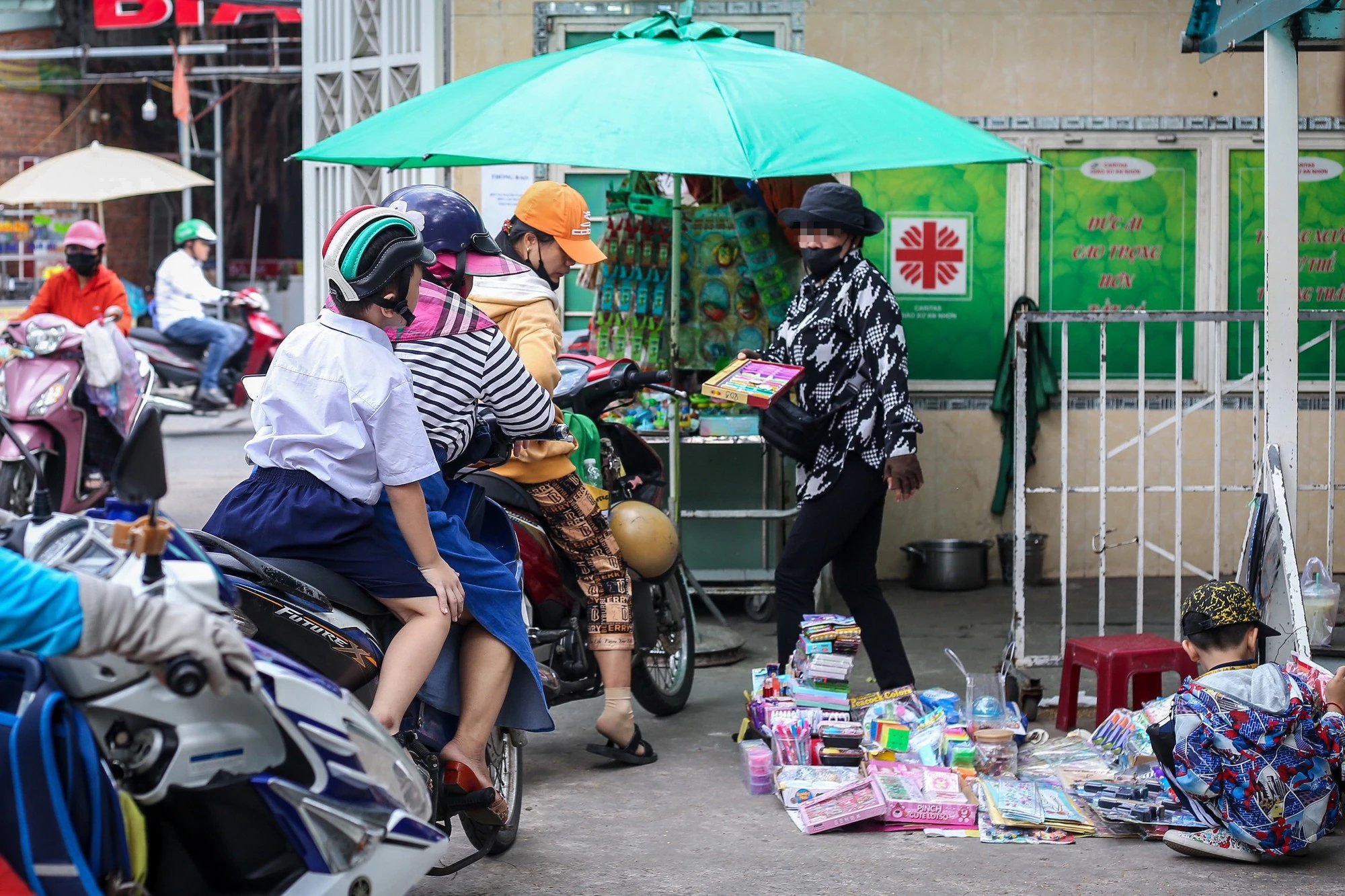
Street vendors outside the gate of an elementary school in Ho Chi Minh City.
However, is not allowing students to bring money to school a radical measure to help prevent the risk of dirty, unsafe food from street vendors and snack carts at school gates? Students do not have money and cannot buy things. But if they are "lent" money by friends to go to the school gate to buy, or are invited by friends to eat strange candies or unsafe food at the school gate, and they still eat, then clearly the danger does not go away.
I visited a 4th grade class at Kim Dong Primary School, Go Vap District, Ho Chi Minh City on a day in early December 2023, right when the homeroom teacher was reminding students about how to recognize and distinguish safe food. Not only did she give general reminders not to eat strange candies or buy street snacks at the school gate, the teacher showed students vivid pictures and posed situations for students to find ways to handle them. Many 4th grade students said that their parents gave them 5,000 or 10,000 VND every day to buy cakes and drinks. However, many students said that their parents taught them about foods they were allowed to buy and foods they always had to say "no" to.
After the homeroom teacher’s additional reminder about unsafe foods to avoid buying and using, the students said they would contribute to spreading the information to their friends. So that everyone can recognize safe foods, ensuring the safety of their health and lives and those of their friends.
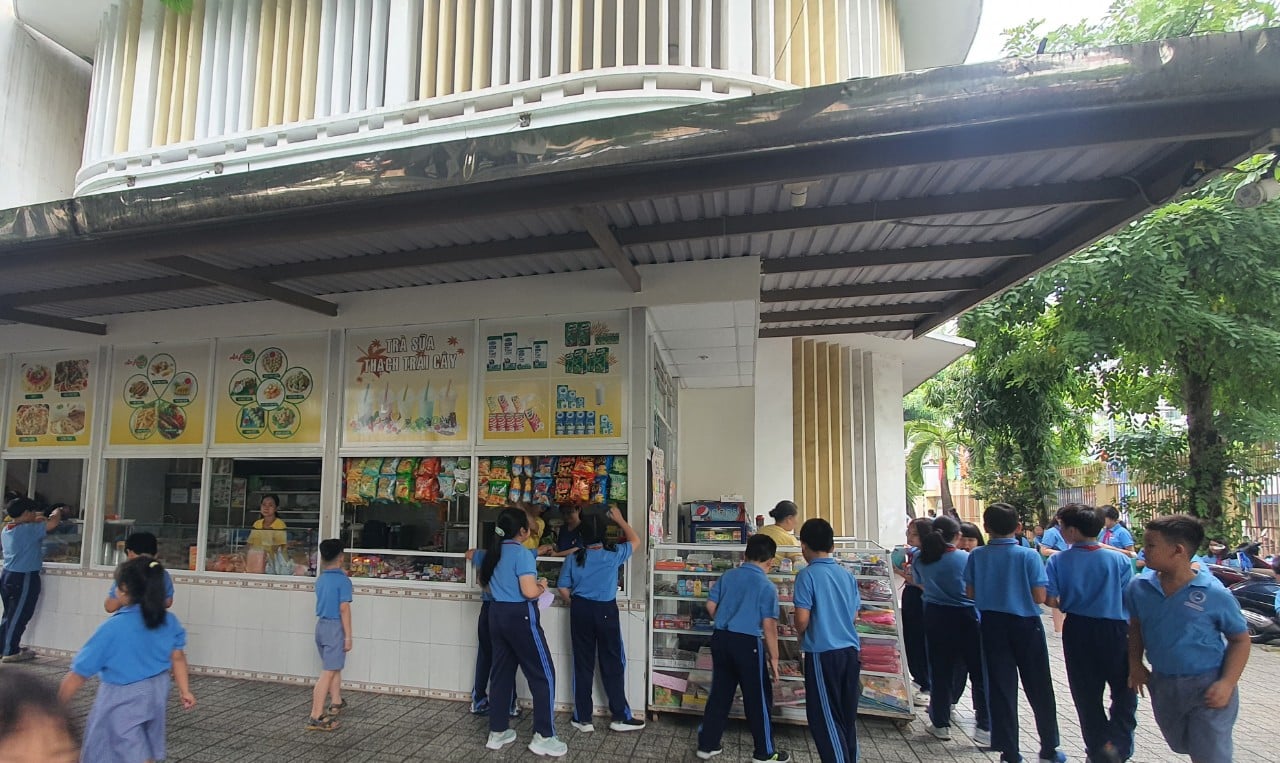
Primary school students buy food at a school canteen in Ho Chi Minh City. Food in canteens is strictly managed.
Students today learn life skills in many forms, in flag-raising activities at the beginning of the week, in group activities at the end of the week. Life skills are also integrated into many subjects, from Vietnamese, ethics, nature and society, experiential activities... There, besides lessons on accident prevention skills, school violence prevention, safe handling plans when a fire occurs..., students are warned about dirty food at street vendors at the school gate.
While waiting for the street vendors and snacks at the school gate to be cleared away by the authorities - in a drastic manner - to restore the school environment without worries, parents are not left out.
Instead of forbidding children from bringing money to school, depending on their age, parents can teach them to be financially manageable, to spend wisely, to handle situations, and to deal with the dangers that are always present in life. That is also a way for children to grow up.
Source link


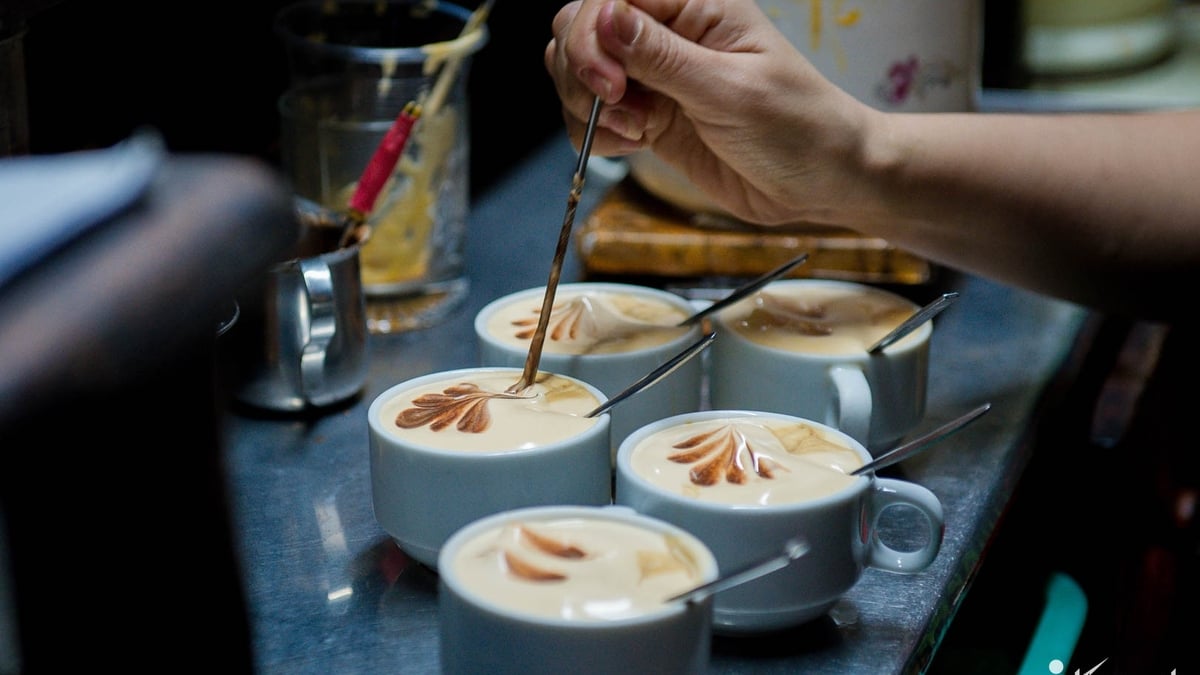
![[Photo] President Luong Cuong awarded the title "Heroic City" to Hai Phong city](https://vphoto.vietnam.vn/thumb/1200x675/vietnam/resource/IMAGE/2025/5/13/d1921aa358994c0f97435a490b3d5065)

![[Photo] Many people in Hanoi welcome Buddha's relics to Quan Su Pagoda](https://vphoto.vietnam.vn/thumb/1200x675/vietnam/resource/IMAGE/2025/5/13/3e93a7303e1d4d98b6a65e64be57e870)

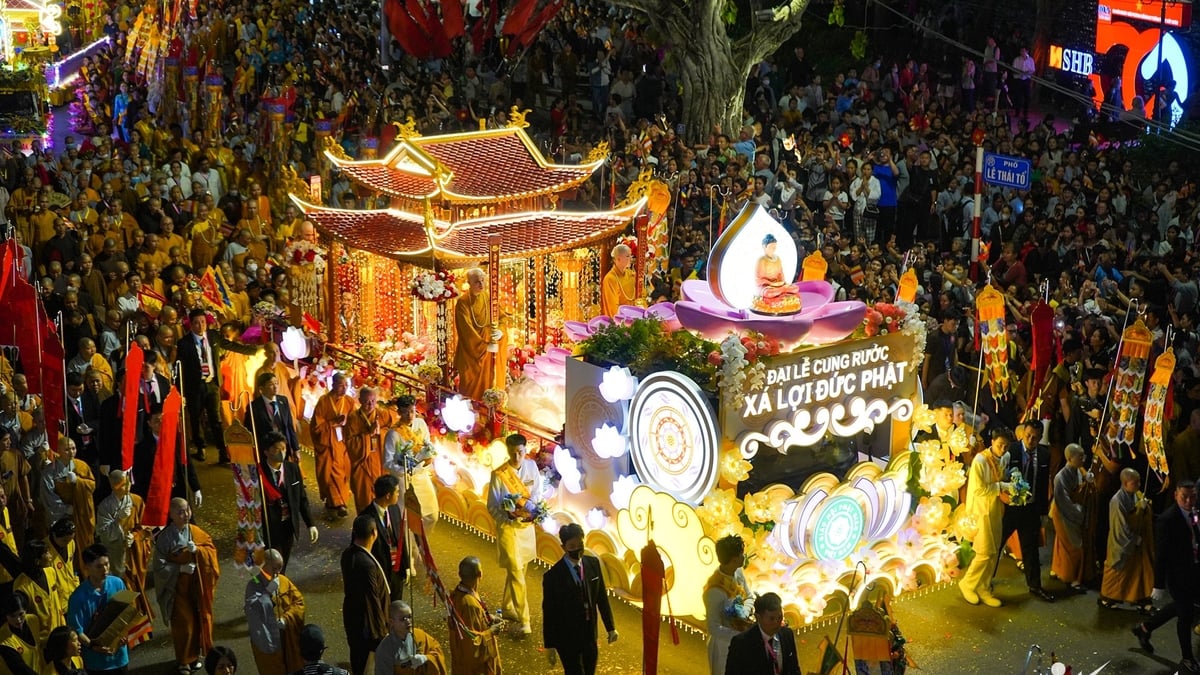
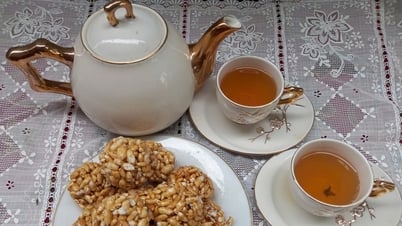


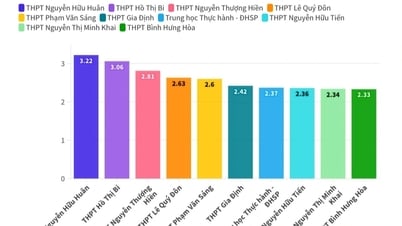

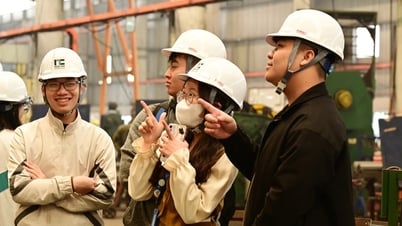

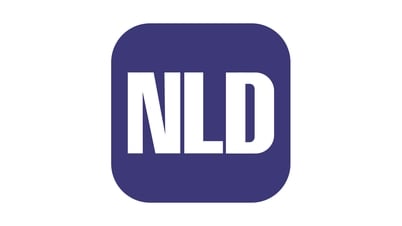





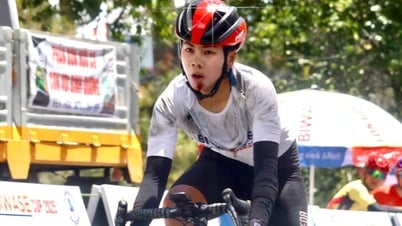
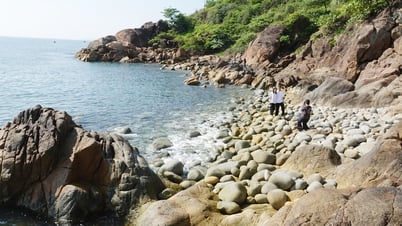







































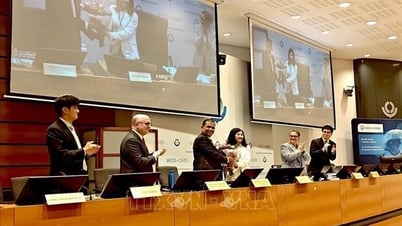












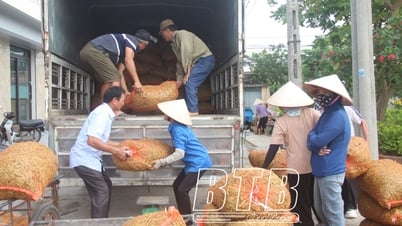

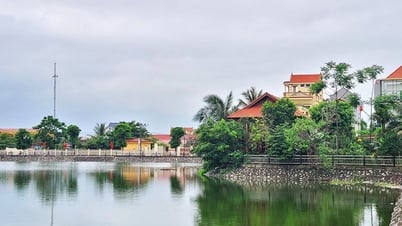

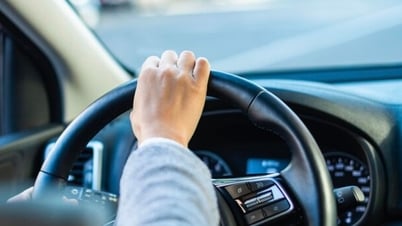

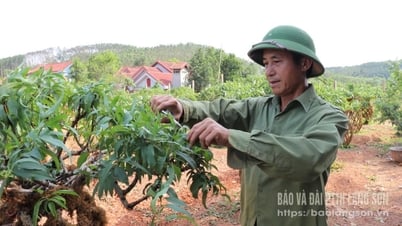

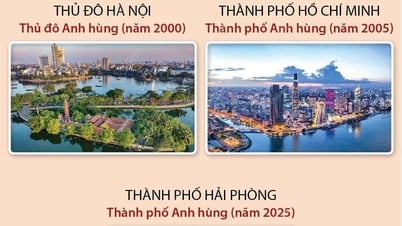

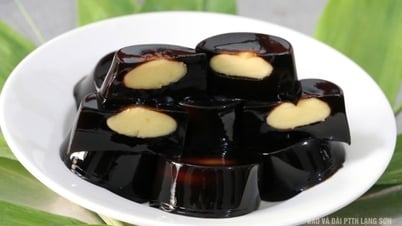


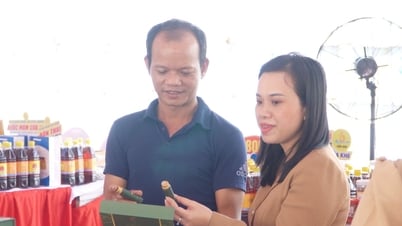







Comment (0)